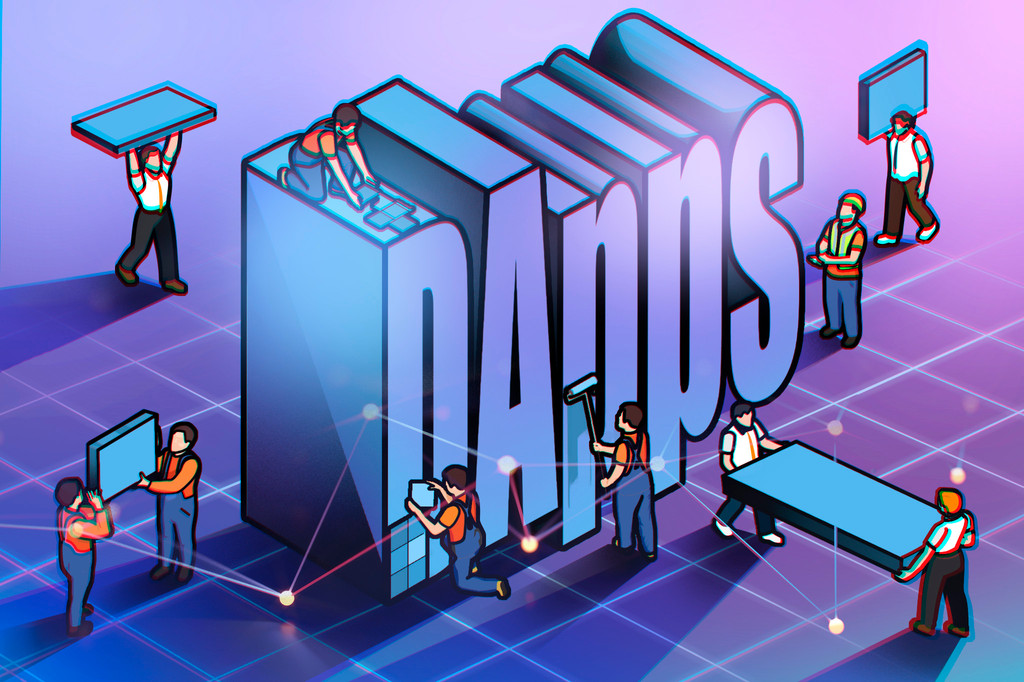How interoperability can scale DApps in 2022.
What platforms are using Substrate for scaling?
There are several projects that have been built within the Substrate environment.
One of them is CLV Chain — a chain working to offer interoperability with the EVM among other blockchain networks.
CLV Chain is a Substrate-based layer-1 chain compatible with the EVM, which means that developers can easily migrate their projects and smart contracts to the CLV Chain network despite having written them in Solidity within the EVM.
This EVM compatibility, combined with Polkadot’s interoperability possibilities, ensures developers can deploy their DApps to Ethereum alongside other parachains.
DApp developers will enjoy direct integrations with popular applications like MetaMask and Remix, helping streamline the development process and ensure more useful DApps for CLV users. As a result, more DApps harnessing the interoperability options offered by Polkadot means a more scalable future for all.
Disclaimer. Cointelegraph does not endorse any content or product on this page. While we aim at providing you with all important information that we could obtain, readers should do their own research before taking any actions related to the company and carry full responsibility for their decisions, nor can this article be considered as investment advice.
What is Substrate?
Substrate is similar to Ethereum’s EVM, ensuring developers can build and test their applications in an isolated environment.
Substrate is an open-source development platform providing developers with a framework for building their own parachains. Substrate-powered chains are tied to the Polkadot main chain while also being interoperable with other blockchain networks. The Substrate offering provides an isolated virtual environment (WASM) similar to Ethereum’s for DApp development and testing.
What are other blockchain networks suitable for DApps development?
Let’s examine the Polkadot network, for instance.
Polkadot (DOT) is a next-generation blockchain aiming for interoperability and building upon the concepts introduced by Ethereum. It is a blockchain protocol attempting to unite blockchain networks into one compatible environment.
The protocol is broken into two chain types: the main chain (also known as a relay chain) and parachains. Polkadot’s main chain is similar to other blockchain networks, providing transaction consensus and security. Parachains, however, are user-built chains that harness the power of the main chain and relay information to the main chain to ensure Polkadot has a consistent transaction history.
By providing security through the main chain and allowing for developer-powered parachains, Polkadot aims to offer all sorts of use cases without sacrificing scalability. Not only this, but such versatility will enable developers to build bridges or connections between blockchain networks, which, in turn, enables interoperability.
In this same vein, Polkadot also offers its own sort of virtual environment through Substrate.
What is the EVM?
The EVM exists so developers can build and test their applications in a secure environment before deploying them to the public network.
Ethereum’s virtual machine is a runtime environment — a sort of operating system in which developers can build and test their DApps without requiring powerful hardware of their own. Developers write their DApps in the Solidity programming language before sending them to the EVM, which can then execute the code via smart contracts.
However, the EVM exists in an isolated environment separate from the rest of Ethereum’s network. Such an operation is vital to the success of DApp development, as it enables developers to build while utilizing the full power of smart contracts without congesting the network or leaving their projects open to security vulnerabilities.
As Ethereum is a decentralized network,…
Read More: cointelegraph.com









 Bitcoin
Bitcoin  Ethereum
Ethereum  Tether
Tether  Solana
Solana  USDC
USDC  XRP
XRP  Lido Staked Ether
Lido Staked Ether  Toncoin
Toncoin  Dogecoin
Dogecoin  Cardano
Cardano  Shiba Inu
Shiba Inu  Avalanche
Avalanche  TRON
TRON  Wrapped Bitcoin
Wrapped Bitcoin  Polkadot
Polkadot  Bitcoin Cash
Bitcoin Cash  Chainlink
Chainlink  NEAR Protocol
NEAR Protocol  Polygon
Polygon  Litecoin
Litecoin  Fetch.ai
Fetch.ai  Internet Computer
Internet Computer  Uniswap
Uniswap  LEO Token
LEO Token  Dai
Dai  Render
Render  Ethereum Classic
Ethereum Classic  Hedera
Hedera  First Digital USD
First Digital USD  Aptos
Aptos  Pepe
Pepe  Cosmos Hub
Cosmos Hub  Mantle
Mantle  Cronos
Cronos  Immutable
Immutable  Filecoin
Filecoin  Wrapped eETH
Wrapped eETH  Stellar
Stellar  dogwifhat
dogwifhat  Stacks
Stacks  OKB
OKB  Renzo Restaked ETH
Renzo Restaked ETH  The Graph
The Graph  Arweave
Arweave  Optimism
Optimism  Arbitrum
Arbitrum  Bittensor
Bittensor